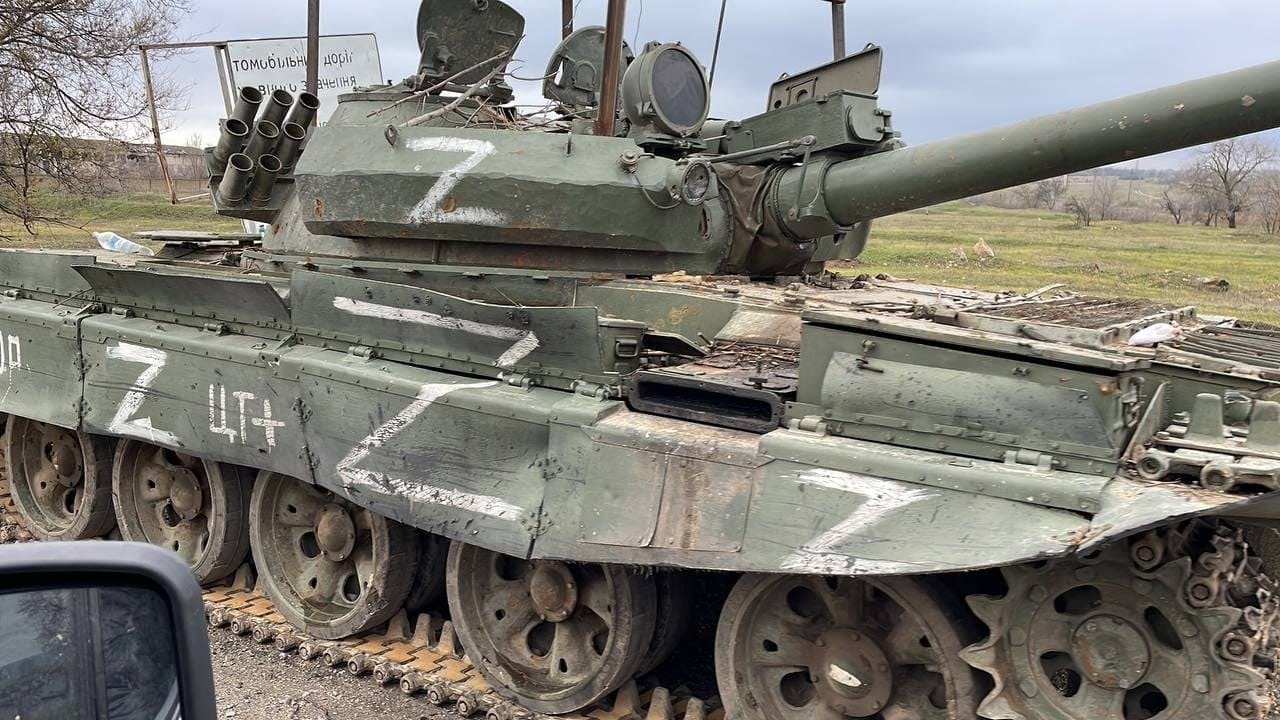Putin’s Failures: Russian Economy Slowing Sharply, Market Turmoil Coming – A recent analysis by the Reuters news agency projects that the Russian economy has been slowing rapidly in the past few months. However, this may only be the beginning of Moscow’s troubles.
Russia’s Economy Is In a Bad Place
One of the collateral effects of the recent tariffs imposed by the Trump Administration could be a precipitous drop in oil prices. The price for Russia’s crude had previously stabilized at around US $60 a barrel but is now headed for the $50 mark or less. If it comes to pass, this would be the lowest price-per-barrel since 2021.
Should the oil price fall much further, the ability of Russian President Vladimir Putin to continue the runaway defense spending he is engaged in to sustain the now more than three-year war in Ukraine will be in jeopardy.
RBK Daily, one of the more reputable Russian business publications, published an analysis today stating that the decline in oil prices “poses serious problems for Russia’s GDP, the state budget and will inevitably lead to a collapse of the rouble exchange rate.”
Another party worrying that the oil market collapse could pose serious risks to the Russian economy is the Russia Central Bank Governor, Elvira Nabiullina. Speaking to the Russian parliament on Tuesday, she commented that the expanding tariff wars could have a severe impact on Russia’s economy.
“The main channel of influence may lie through fluctuations of oil prices, a decline of oil prices,” Nabiullina said to the assembly of lawmakers.
“If the escalation of the tariff wars continues, this usually leads to a decline in global trade and the global economy and, possibly, demand for our energy resources. Therefore, there are risks here,” the central bank governor noted in a soft-pedaling statement.
Effect on the War Economy
The Russian state budget receives at least one-third of its revenues from oil and gas exports, but other estimates put it at close to 50 percent. In either event, Russian defense spending increasing as the price for Putin’s February 2022 invasion of Ukraine continues to rise is a trend that cannot be sustained.
Speaking last year to Politico.eu, Alexandra Prokopenko, an economist and fellow with the Carnegie Endowment for International Peace, explained, “At current exchange rates, a $20 [per barre] fall in oil prices would lead to a 1.8 trillion ruble ($20 billion) fall in revenues. That’s equivalent to about 1 percent of Russia’s GDP.”
The economic bad news comes at the worst possible moment for the former KGB Lt. Col., who has reigned for over 25 years as Russia’s strongman ruler. At the end of March, he signed a decree calling for the spring conscription of 160,000 men for compulsory military service.
The voyenkomat in each city or region in Russia is required to mobilize citizens aged 18 to 30 between April and June to meet this required number. As a measure of how desperate the Russian war effort has become—even with thousands of North Korean and Chinese “volunteers” entering the field on the Russian side—this marks the largest conscription campaign in 14 years.
Moscow traditionally conducts military conscription twice a year, in spring and fall, and requires those qualifying as fit for induction to serve in uniform for one year. The conscription numbers were last above this level in 2011, when 203,000 persons were drafted.
You Cannot Get There From Here
Speaking to NATO-nation military personnel specialists, you find plenty of skeptics about how Russia can mobilize these numbers given its current economic slide.
“To spin up a soldier who is trained and ready to go off to war costs on average about $27000,” said a retired senior NCO. “Then you can double or triple that number for what it costs to put that trigger-puller into the field.
“And remember, these Russians have not been trained yet—they are raw recruits. Even if they only receive the usual one week of combat training, as we see with the current Russian army, we are talking about a huge expense that Russia cannot afford to pay—either now or in the future.”
The other dimension of Moscow’s dilemma is that with so many able-bodied men being sent off to war, Russia now suffers a pronounced labor shortage.
“The deterioration [in labor productivity] in a significant part of the industrial sectors is becoming persistent. Signs of a slowdown are taking hold,” Austria’s Raiffeisenbank analysts said in a research note sent out as part of an assessment of Russia.

Old Russian T-62 Tank Fighting in Ukraine. Image Credit: Twitter.
They identified high interest rates, labor shortages, a lack of production capacity outside of the defense sector, and continued pressure from Western sanctions as all combining to make Russia’s continuing the war at this level untenable.
As a recent editorial in the Moscow Times explains, “With oil prices sinking, sanctions intact, and global pressure mounting, Putin’s ambitions of reintegration into the international community are fading fast. What once seemed like an opportunity for Russia to break free from its isolation has turned into another painful reminder of the Kremlin’s failures.”
About the Author: Reuben F. Johnson
Reuben F. Johnson is a survivor of the February 2022 Russian invasion of Ukraine and is an Expert on Foreign Military Affairs with the Fundacja im. Kazimierza Pułaskiego in Warsaw. He has been a consultant to the Pentagon, several NATO governments, and the Australian government in the fields of defense technology and weapon systems design. Over the past 30 years he has resided in and reported from Russia, Ukraine, Poland, Brazil, the People’s Republic of China and Australia.

